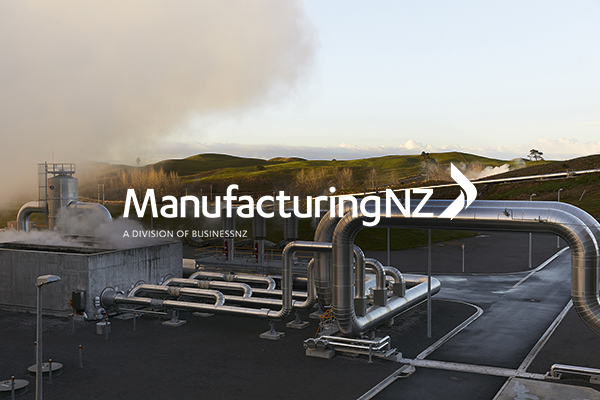
Manufacturing for the construction sector grew 9.5 per cent and meat and dairy product manufacturing grew by 8.6 per cent over the latest quarter.
New Zealand’s positive growth story continues – GDP figures this week show the economy growing solidly. Even more positive is the role that manufacturing is playing in our good news story.
The latest economic survey of manufacturing shows very strong growth. Manufacturing for the construction sector grew 9.5 per cent and meat and dairy product manufacturing grew by 8.6 per cent over the latest quarter. These are outstanding results, and are obviously part of the driver for current GDP growth. Manufacturing is having a huge impact on how well the New Zealand economy fares.
Yet manufacturing is an unsung hero, its importance is not widely recognised. This is despite the fact that it employs quarter of a million New Zealanders, contributes $12 billion in wages, and earns billions in export revenue every year.
I believe there are a lot of misconceptions about manufacturing, and four myths in particular that mean manufacturing doesn’t earn the credit it deserves.
Those myths need busting.
Myth # 1: Manufacturing is a sunset industry
The myth of manufacturing’s decline harks back to a previous age when manufacturing was a more dominant sector of the economy but only because it was heavily protected.
Before 1984 manufacturing made up around 40 per cent of the economy, however this was artificially high because tariffs and import regulations protected New Zealand goods against competition. In today’s less regulated economy, manufacturing’s share has now stabilised at a more realistic 11 per cent, similar to that of many other developed countries.
The international index which measures manufacturing sectors around the world (PMI) shows New Zealand manufacturing has had an almost unbroken run of expansion since the global financial crisis. Manufacturing is not a sunset industry, it is stable and growing.
Myth # 2: Food manufacturing isn’t real manufacturing
There’s a common belief that “hard” manufacturing is what matters (machinery, equipment, cars, metal-based products, engineered components, widgets) and “soft” manufacturing (bio-based, chemical, nutraceutical, food or beverage manufacturing) isn’t really manufacturing at all. This belief is wrong, because manufacturing is a diverse activity that includes all those categories and many more.
In New Zealand our climate and abundant natural resources make food manufacturing a good strategic choice. This doesn’t mean we don’t excel in “hard” manufacturing – we do. But we have particular strengths in food manufacturing, and are on a journey to turn even more of our unprocessed food exports into manufactured food products to reap higher revenues. Food manufacturing is real manufacturing and it earns us billions every year.
Myth # 3: It’s all made overseas anyway
These days New Zealand firms often outsource parts of the manufacturing process to other countries where efficiencies in scale and labour costs can help their competitiveness. They also increasingly take part in global supply chains, contributing components towards finished products that may be made up of components from many parts of the world.
Both these trends, part-outsourcing and global supply chains, reflect our more connected, mobile world. They don’t mean we are losing manufacturing to “overseas”. Instead, we are creating products in new ways, making more from our creativity and design with the use of new global efficiencies.
Myth # 4: The future is in services, not manufacturing
The service industry is growing all around the world. As countries become richer and more developed, their consumers spend more on services – information, entertainment, financial and many other kinds of services. But the growth of services doesn’t mean the end of manufacturing. In fact what is happening is that manufacturing and services are morphing into each other, especially at more sophisticated levels.
High-level services – legal, financial, accounting, marketing, computing and the like – are increasingly part of the makeup of sophisticated manufactured products. And it’s becoming harder to say whether software, a critical part of manufacturing, is even a product or a service. It’s truer to say that the future is in manufacturing and services.
Examining these four myths reveals some important truths about New Zealand manufacturing. It is strategic, it is broad-based including both food and non-food manufacturing, it is well integrated in the global economy, it is based on the ingenuity and creativity that New Zealand is famous for, and it’s bringing economic growth.
The true story of manufacturing in New Zealand is great news.
Contact: Catherine Beard
Executive Director, ManufacturingNZ
Ph 0274 633 212
Email:

